Capitol Attack - COUNTERINTELLIGENCE aspects: INSIDER and FOREIGN CONNECTIONS | Questions Over Possible ‘Insider’ Help for Capitol Attack | A growing body of evidence shows Facebook played a much larger role than Sandberg suggested.
Capitol Attack - COUNTERINTELLIGENCE aspects: INSIDER and FOREIGN CONNECTIONS | Questions Over Possible ‘Insider’ Help for Capitol Attack | A growing body of evidence shows Facebook played a much larger role than Sandberg suggested. https://t.co/3ZKKRYr16k pic.twitter.com/i2SBk4wSBq
— Michael Novakhov (@mikenov) January 14, 2021
Questions Over Possible ‘Insider’ Help for Capitol Attack
US Capitol insurrection: Questions swirl around possible 'insider' help - CNNPolitics cnn.com/2021/01/13/pol…
One week after the deadly insurrection at the Capitol, there are still more questions than answers on whether any lawmakers or police assisted the pro-Trump rioters.
RealClearInvestigations – Homepage

- Hannity urges McConnell to reject impeachment 'madness' in Senate: 'You should know better' Fox News
- Trump is isolated and angry at aides for failing to defend him as he is impeached again The Washington Post
- President Trump deserved impeachment. The Senate must convict him quickly. The Washington Post
- The Seven-Day Impeachment The Wall Street Journal
- Tucker Carlson: Why Democrats wanted to impeach Trump again, and why the GOP went along Fox News
- View Full Coverage on Google News
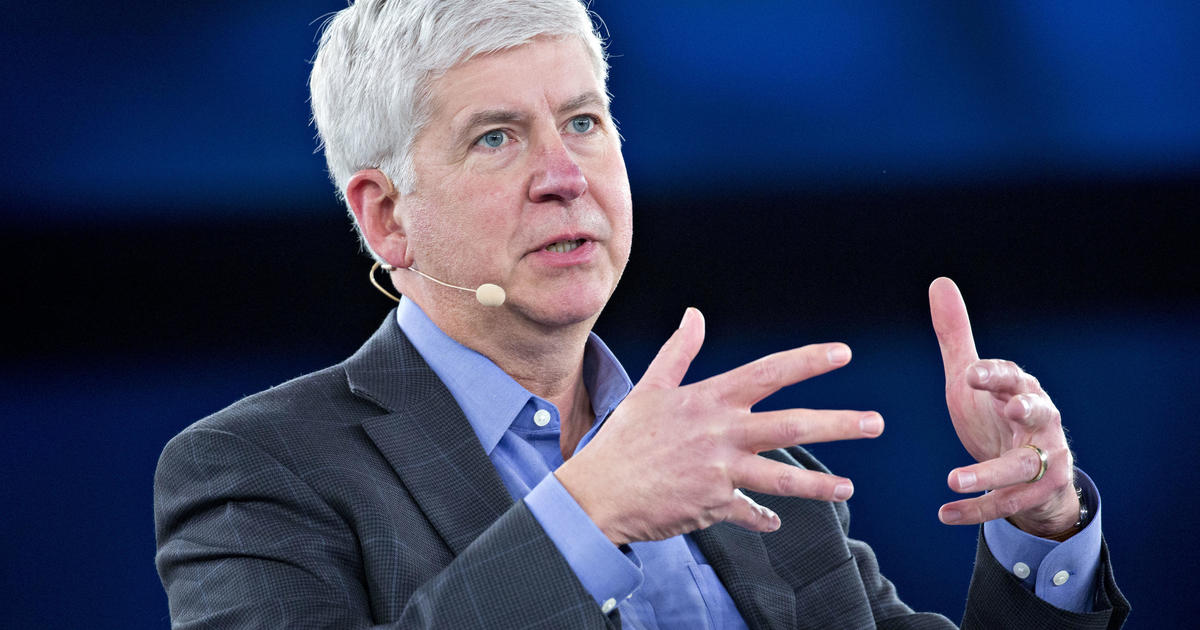
- Former Michigan Governor Rick Snyder facing neglect charges over Flint water crisis CBS News
- Ex-Michigan Gov. Rick Snyder charged with willful neglect of duty related to Flint water crisis CNN
- Former Michigan governor among several officials to face charges for Flint crisis CBS This Morning
- Attorney Andrew Abood examines criminal charges against former governor Rick Snyder WILX
- Former Michigan Gov. Rick Snyder charged in Flint water crisis NBC News
- View Full Coverage on Google News
Michael_Novakhov shared this story . |
The “#Storm” envisioned on far-right message boards had arrived. And two women who had died in the rampage — both QAnon devotees — had become what some were calling the first martyrs of the cause.
The siege ended with police retaking the Capitol and Trump being rebuked and losing his Twitter account. But the failed insurrection illustrated how the paranoid conspiracy theory QAnon has radicalized Americans, reshaped the Republican Party and gained a forceful grip on right-wing belief.
Born in the Internet’s fever swamps, QAnon played an unmistakable role in energizing rioters during the real-world attack on Jan. 6. A man in a “Q” T-shirt led the breach of the Senate, while a shirtless, fur-clad believer known as the “Q Shaman” posed for photographers in the Senate chamber. Twitter later purged more than 70,000 accounts associated with the conspiracy theory, in an acknowledgment of the online potency of QAnon.
The baseless conspiracy theory, which imagines Trump in a battle with a cabal of deep-state saboteurs who worship Satan and traffic children for sex, helped drive the day’s events and facilitate organized attacks. A pro-Trump mob overwhelmed Capitol Police officers, injuring dozens, and one officer later died as a result. One woman was fatally shot by police inside the Capitol. Three others in the crowd died of medical emergencies.
QAnon devotees joined with extremist group members and white supremacists at the Capitol assault after finding one another on Internet sanctuaries: the conservative forums of TheDonald.win and Parler; the anonymous extremist channels of 8kun and Telegram; and the social media giants of Facebook and Twitter, which have scrambled in recent months to prevent devotees from organizing on their sites.
QAnon didn’t fully account for the rampage, and the theory’s namesake — a top-secret government messenger of pro-Trump prophecies — has largely vanished, posting nothing in the past 35 days and only five times since Trump’s election loss.
But QAnon’s prominence at the Capitol raid shows how powerful the conspiracy theory has become, and how quickly it has established a life of its own. On fringe right-wing platforms and encrypted messaging apps, believers are offering increasingly outlandish theories and sharing ideas for how they can further work to overturn the results of the Nov. 3 contest — with violence, if necessary.
The fervent online organizing seen ahead of last week’s assault has begun building again. A QAnon group on Gab has grown by more than 40,000 members since the failed insurrection. Thousands more have flocked to QAnon-affiliated spaces on the private-messaging app Telegram. One 12,000-member channel was so overrun with new members that those behind the forum temporarily froze the chat feature.
Even as Trump is set to exit the White House, QAnon’s grip on the conservative psyche is growing. Two freshmen Republican members of Congress, Reps. Marjorie Taylor Greene (Ga.) and Lauren Boebert (Colo.), have voiced support for QAnon, while others have tweeted its slogans. State legislators across the country have further lent it credence while also backing Trump’s claims of electoral theft despite a lack of evidence and dozens of swift rejections in court.
The QAnon movement’s evolution, from an Internet hodgepodge to a hallmark of pro-Trump violence, is a signal of the danger it poses to security this weekend and going into next week’s inauguration. It also presents long-term challenges for President-elect Joe Biden by fomenting resistance to democratic governance and to measures needed to corral the coronavirus pandemic, including mass vaccination.
“The takeaway from this is that disinformation is a threat to our democracy,” said Joel Finkelstein, co-founder of the Network Contagion Research Institute, a research group that studies online disinformation. “And we’re not nearly done.”
As much of the nation — including leading Republicans — expressed horror at last week’s events, a different narrative was playing out in the parallel online universe that has grown around Trump’s presidency and helped sustain it through perpetual upheaval. The siege was justified, described on Twitter by one QAnon devotee as “the least we can do.” Or it was staged as a false flag to discredit Trump supporters, with its participants as the true victims.
“You all know the attack on the Capitol was done by [the far-left political movement] antifa,” Thomas McInerney, a retired lieutenant general in the Air Force, declared in remarks captured on video and peppered across Twitter by accounts participating in a frenzied effort to construct a different narrative of the Capitol riots.
Experts tracking the QAnon conspiracy theory movement believe a new president may only exacerbate feelings of resentment and victimhood that have nurtured the baseless philosophy. Against the backdrop of QAnon, Trump was able to position himself as an outsider, fending off secret enemies, even while in the Oval Office. Once he’s really on the outside, that sense could grow.
“This will be a new cause,” said Mary B. McCord, a Georgetown Law professor and former national security official at the Justice Department. “Democrats in the White House.”
From online to the real world
In 2017, a writer on the anonymous message board 4chan, styling themselves as Q, wrote posts spinning a dark and cryptic fantasy — detailing how Trump was working tactically to dismantle the “deep state” cabal that controls much of the world.
For years, QAnon spun a tale in the militant language of good against evil, promising that Trump, a soldier messiah, would strike down a global cabal of pedophile politicians and Satanist media elites in a day of reckoning called the “Storm.” The siege, for some believers, was seen as that online theory coming to life.
As its online infrastructure expanded from a single message board to a network of aggregators, chat rooms and social-network bubbles, QAnon, which originally mimicked much of the debunked conspiracy theory Pizzagate, mushroomed into an umbrella conspiracy theory. It encapsulated all manners of disparate right-wing beliefs: vaccine skepticism, anti-Semitic ideas about government control and, most recently, the unsubstantiated belief that Biden’s election win was a fraud.
In recent months, it has become challenging to know where QAnon’s world ends and Trump’s begins. QAnon T-shirts and banners are a constant presence at Trump’s rallies, and pro-Trump figures are exalted by QAnon believers as heroes.
Trump has rarely explicitly acknowledged QAnon, which has been linked by law enforcement to intensifying real-world violence, although believers have often celebrated when he has retweeted the conspiracy theory’s best-known promoters. In August, when Trump was asked whether he believed QAnon’s core claims that he was “secretly saving the world from this cult of pedophiles and cannibals,” Trump replied, “If I can help save the world from problems, I am willing to do it. … We are actually, we’re saving the world.”
Q’s relative quiet since the election has led some believers toward a crisis of faith on whether Q had abandoned the flock. But many still call on their fellow adherents to “trust the plan”: “Do not mistake silence for inaction,” says one site that sends alerts whenever Q posts a new “intelligence drop.”
Much of QAnon devotees’ energy has in recent months flooded to false allegations that Trump had been robbed of an election victory. The QAnon-boosting attorneys Sidney Powell and L. Lin Wood led a failing pro-Trump attempt to overturn the election.
The QAnon conversation online had pivoted from taking down a global cabal to targeting a more specific mission: “Stop the Steal.” So when Trump invited supporters to Washington for mass demonstrations on Jan. 6, the day Congress was set to certify Biden’s victory, researchers said pro-Trump agitators and QAnon believers saw it as a demand for action.
“Be there,” Trump tweeted last month. “Will be wild!”
How QAnon shaped the siege
Rosanne Boyland was prepared to take the president literally, traveling from Georgia to “keep the fight alive,” as she wrote on Facebook this month.
She was in Washington when Trump addressed his supporters last week near the White House, urging them to march to the Capitol and “fight like hell.”
The 34-year-old woman was among four participants in the pro-Trump action who died. Two of them, including Boyland, were QAnon devotees, according to family members and a review of their digital footprints. On Facebook, Boyland reposted content from popular QAnon personas and praised members of the Trump administration seen as working most avidly to bring about Q’s promised salvation. Facebook in October removed QAnon pages and groups, citing links to real-world harm, but permitted individual QAnon posts so long as they didn’t violate other policies, such as the ban on inciting violence.
The other was Ashli Babbitt, an Air Force veteran shot by police in the Capitol. Both women have been mourned as martyrs to QAnon, with Babbitt described on Twitter as a patriot whose “heart was pumping with fire and hope.” Anonymous accounts have swarmed tweets by Republican politicians telling them to “show support for our fallen MAGA patriots.”
Others involved in the Capitol breach proudly wore their devotion to QAnon. Douglas A. Jensen, the man who authorities say led a pack of rioters into the Senate, wore a shirt with a giant “Q” rendered in red, white and blue. He was arrested Saturday on federal charges, including trespassing and obstructing a law enforcement officer.
Jacob Anthony Chansley, the “Q Shaman” who was later charged for his involvement in the riots, told the FBI he had come as part of a group from Arizona “at the request of the President that all ‘patriots’ come to D.C.” on Jan. 6.
Jo Rae Perkins, a QAnon adherent who ran unsuccessfully for Senate in Oregon last year, wrote on Twitter that she had been present at the Capitol for “over three hours.” She added the rally cry “#TheStormHasArrived,” invoking the day of reckoning associated in the QAnon canon with the mass arrest of Democrats.
QAnon, said Rep. Bennie Thompson (D-Miss.), chairman of the House Homeland Security Committee, “is one major point in a constellation of right-wing terrorist movements that also includes ‘boogaloo,’ militia movements, white supremacists, neo-Nazis.”
Sen. Mark R. Warner of Virginia, the top Democrat on and soon-to-be chairman of the Senate Intelligence Committee, said QAnon’s ability to “weave together — and thereby recruit from — a wide constellation of existing conspiracy theories and causes has brought these dangerous beliefs more into the mainstream.”
QAnon believers, in videos and posts about the siege, said they felt invigorated by the starring role they had played in battling their hero’s enemies. Tamara Towers Parry, a Seattle woman who goes by the name “Dr. Tammy,” had voiced her devotion to QAnon with posts and videos on her since-suspended Twitter account in which she said Q would one day “be in every history book.”
After the siege, she posted another video outside the Capitol, where she wore an American-flag cowboy hat and gripped a large “Q” flag.
“We just stormed the Congress, and I’m going to tell you right now, it was wild,” she said. She narrated the action as she clambered past broken windows and dodged clouds of tear gas. “Our eyes are burning, but you know what, compared to what our Founding Fathers did, it’s the least we can do.” Parry did not respond to calls or emails seeking comment.
Then she voiced a signature QAnon belief — that Biden, among other Democratic leaders, would soon go to prison.
“God bless America,” she said into the camera, flashing a big smile.
The coming storm
The next wave of mayhem is expected to arrive this weekend, possibly extending into Inauguration Day on Wednesday. One video circulating widely on YouTube and elsewhere offered a mash-up of Trump speeches that culminates in a call to Washington as Biden is sworn in, promising “PANIC IN DC.”
In the siege’s aftermath, when Trump acknowledged there would be a transfer of power on Jan. 20, some QAnon adherents saw a final betrayal — although others, trusting Q’s plan, said they saw in it a coded message that Trump would not actually cede control.
At the same time, the fervor among QAnon supporters appears not to have ebbed, even as arrests mount. A mix of excitement and fear pushed QAnon believers further into their alternative digital reality. One QAnon-affiliated account with more than 11,000 subscribers on Telegram posted a list of emergency resources the night of the failed insurrection, including survival guidebooks and documents detailing firearms and physical training in isolation.
QAnon believers doubled down on their worldview, offering contradictory and nonsensical theories for the week’s events: The siege was instigated by undercover Black Lives Matter and antifa activists, they said, but pro-Trump operatives seized the opportunity to steal laptops they said would contain evidence of widespread sex trafficking among elites.
Another theory posited that Trump’s comments on Thursday about a “smooth, orderly and seamless transition of power” were not about an incoming Biden administration but about imminent military rule led by Michael Flynn, Trump’s first national security adviser, whose Twitter account was suspended last week as part of the platform’s widening ban on QAnon content.
After the siege, the administrator of a smaller far-right Telegram channel promoted the use of untraceable 3-D-printed gun parts and posted the locations for the headquarters of Twitter, Facebook, Google and Apple.
The response by Republican leaders makes it unknown which direction the party will go. Even those no longer in office, and no longer subject to the will of pro-Trump voters, have not always been full-throated.
“A sad day,” wrote Tom Graves, Greene’s predecessor in Congress. “Not who we are to be.” When invited to say more, he did not take the opportunity.
But while members of Congress have stayed silent about QAnon, its believers have pushed for more aggressive action. The raft of suspensions across social media targeting QAnon-related accounts — as well as the ban of Trump’s Twitter account — led some to claim the U.S. military was launching a global media blackout, the first phase of a cryptic operation they believed would climax with thousands of arrests and live-streamed military tribunals exposing the crimes of the political elite.
“We are safe from the blackout here,” wrote one user, “Digital Soldier,” on Telegram.
Most theories converged on a key point for QAnon, which over years of missed deadlines for an impending conquest by Trump has hinged on promoting and anticipating some new blockbuster event: that Trump was going to drop reality-shifting intelligence in the days and weeks ahead.
“The reason we had to go through all this drama,” one user posted on Telegram, “was for people to become aware, angry and ready to look at the evidence and demand justice.”
Julie Tate contributed to this report.
The political divisions in Washington have reached every corner of the United States.
Some of Donald Trump's supporters say the incitement of the Capitol Hill riot was a step too far, while others argue impeaching the president creates more division.
Al Jazeera’s Hoda Abdel-Hamid reports from West Virginia, US.
- Subscribe to our channel: http://aje.io/AJSubscribe
- Follow us on Twitter: https://twitter.com/AJEnglish
- Find us on Facebook: https://www.facebook.com/aljazeera
- Check our website: https://www.aljazeera.com/
#TrumpImpeachment #Trump #WestVirgenia
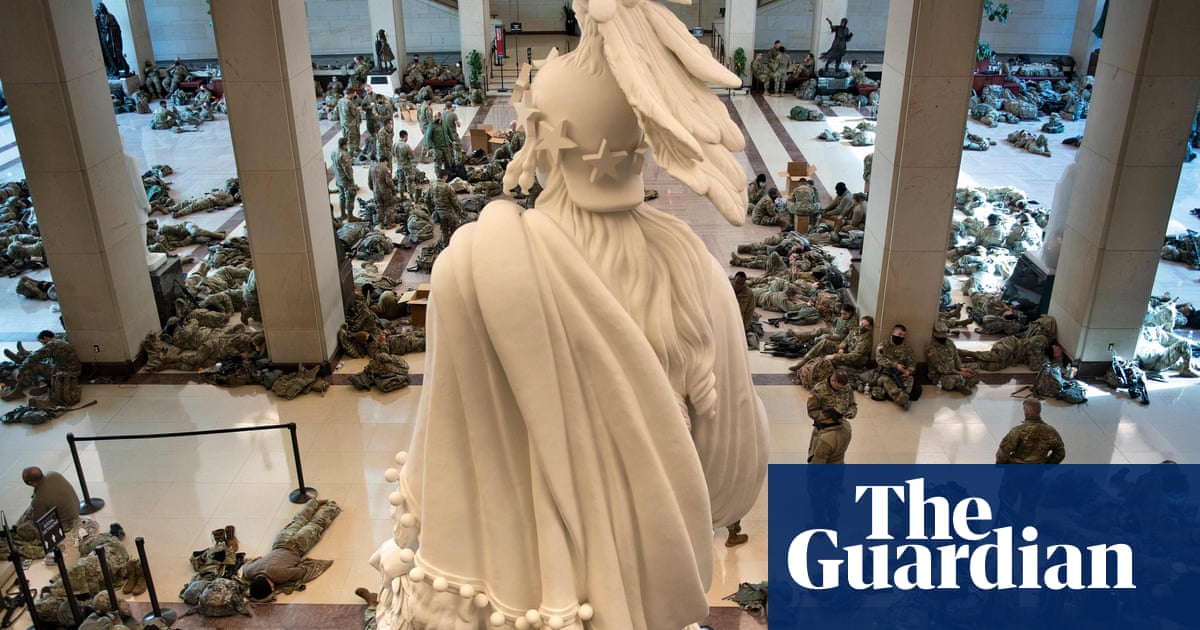
House of Representatives votes to impeach Donald Trump a second time after his incitement to violence last week. Plus, more troops stationed in the Capitol than Afghanistan
Good morning.
The House of Representatives voted yesterday to impeach Donald Trump for inciting the violent insurrection at the Capitol last week, making him the first president in US history to be impeached twice. Ten Republicans supported the move, which also made it the most bipartisan impeachment vote in history.
Continue reading...Michael_Novakhov shared this story . |
The most striking position came from Senate Majority Leader Mitch McConnell (R-Ky.), who said Wednesday that he will consider convicting Trump on inciting the attempted insurrection at the Capitol on Jan. 6 — a remarkable break between the two men who worked in lockstep for four years, even as the majority leader continually deflected questions about Trump’s untoward conduct and rhetoric.
It was also a dramatic shift from his position during Trump’s first impeachment a year ago, when he publicly stressed that he was “not an impartial juror” and privately worked in concert with White House officials to map out the president’s eventual acquittal in the Senate.
“While the press has been full of speculation, I have not made a final decision on how I will vote and I intend to listen to the legal arguments when they are presented to the Senate,” McConnell said in a message to his colleagues, an excerpt of which was released by his office.
McConnell also pressed pause on an impeachment trial that would occur before Trump leaves the White House on Jan. 20, slowing the rapid momentum and furor that snowballed in Congress as the scale and potential catastrophe of the Jan. 6 siege continued to sharpen.
Even with McConnell’s position giving senators cover on a conviction, multiple senior GOP officials said it was too early to determine whether a critical mass of Senate Republicans would vote to punish Trump for his role in inciting a violent mob of his supporters to storm and rampage the Capitol, leaving five people dead.
To convict Trump, 17 of the 50 Republicans in the new Senate would have to join the chamber’s 50 Democrats to meet the necessary two-thirds threshold. While a few GOP senators are now considered likely to oppose Trump, others across the spectrum of the party would face enormous pressure to abandon their years-long support of him and publicly rebuke him. Twenty GOP-held seats are on the ballot in 2022.
Most Republican senators have not expressed a public position on impeachment, leaving colleagues and others to try to parse their words for any hint of how they might feel. Some have directly criticized Trump for his role in inciting the riot, including Sen. Richard Burr of North Carolina, who said Trump “bears responsibility” for the mayhem, and Sen. Rob Portman of Ohio, who made similar comments.
If two-thirds of the Senate convicted Trump, a second vote would determine whether he would be barred from ever seeking federal office again. A simple majority would determine that outcome.
Given the parameters that guide Senate impeachment proceedings of a president, McConnell said Wednesday that Trump had “simply no chance” of a “fair or serious trial” before President-elect Joe Biden is sworn in. His office informed aides to Senate Minority Leader Charles E. Schumer (D-N.Y.) earlier Wednesday that he would not agree to immediately reconvene the Senate this week, according to a person familiar with the matter, who like others spoke on the condition of anonymity to freely discuss internal GOP dynamics, despite pressure from Schumer to invoke rarely used emergency powers that allow the two Senate leaders to unilaterally reconvene.
“Even if the Senate process were to begin this week and move promptly, no final verdict would be reached until after President Trump had left office,” McConnell said in a statement after the House impeached Trump on a bipartisan, 232-to-197 vote. “This is not a decision I am making; it is a fact.”
McConnell is poised to remain majority leader until at least Jan. 22, when election results from the two Senate runoff races in Georgia will be certified and Democratic Sens.-elect Raphael Warnock and Jon Ossoff will be eligible to be sworn in. McConnell and Schumer could jointly work out the rules that would govern Trump’s second impeachment trial, although once Democrats formally take the majority, Schumer and his ranks could formalize a rules package on a party-line vote.
It’s also unclear who would preside during a Senate impeachment trial of a former president. A Supreme Court spokeswoman declined to comment Wednesday about whether Chief Justice John G. Roberts Jr. has been in contact with Senate leaders about any Senate proceedings, and Vice President-elect Kamala D. Harris (D-Calif.), in her role as president of the Senate, could conceivably preside.
With no apparent effort on McConnell’s part as of now to actively persuade or dissuade his colleagues on an impeachment vote, it was unclear how much political cover his position would provide — particularly as various Republican senators navigate their own personal home-state political dynamics as they weigh a Trump conviction.
For nearly 24 hours, the outgoing majority leader had remained quiet to other GOP senators — even those seen as some of his closest lieutenants — on reports that he was pleased with the House’s move to rapidly impeach Trump and was leaning in favor of convicting him, according to Republican officials.
That silence, people familiar with the matter said, frustrated some Senate Republicans who were seeking guidance or at least some insight into the majority leader’s thinking on what would be an unprecedented second impeachment trial of a U.S. president.
While other increasingly vocal critics of the president emphasized that they, too, were open to conviction, allies of Trump within the Senate Republican Conference continued to line up in his defense — deepening a rift among GOP senators that began as Trump falsely amplified baseless claims about widespread voter fraud in the presidential election that he lost.
Trump will almost certainly face a bigger rebuke than just the one Senate Republican — Mitt Romney of Utah — who voted to convict him last February. But the views of other GOP senators who flocked to Trump’s defense Wednesday underscored just how difficult it appeared to be as of now for 17 Republicans to ultimately decide to find him guilty of inciting an insurrection.
Sen. Ben Sasse (R-Neb.) said Wednesday after the House impeachment vote that for the past week, “it’s been obvious that the President was derelict in his duty to defend the Constitution and uphold the rule of law.”
“Everything that we’re dealing with here — the riot, the loss of life, the impeachment, and now the fact that the U.S. Capitol has been turned into a barracks for federal troops for the first time since the Civil War — is the result of a particular lie,” Sasse said.
He added that while he would not weigh in on the merits of impeachment because he is a juror, “President Trump has consistently lied by claiming that he ‘won the election by a landslide,’ and by promoting fanciful conspiracy theories about dozens of topics and people connected to the Nov. 3 election.”
Sen. Patrick J. Toomey (R-Pa.), who has emerged as one of the president’s fiercest critics since Trump lost reelection to Biden in November, said he continues to believe the outgoing president should immediately resign and, like McConnell, made clear he was also weighing a conviction.
“Whether or not the Senate has the constitutional authority to hold an impeachment trial for a president that is no longer in office is debatable,” said Toomey, who plans to retire after his term. “Should the Senate conduct a trial, I will again fulfill my responsibility to consider arguments from both the House managers and President Trump’s lawyers.”
But a faction of the GOP conference continued to line up behind Trump, contending that a fraught impeachment fight would only be divisive and risk antagonizing supporters of the president who will still retain backing from a significant part of the party’s base.
Sen. Lindsey O. Graham (R-S.C.), who had remained an ardent Trump ally despite the turbulence of last week, reiterated that he opposes impeachment and said in a veiled reference to McConnell that “as to Senate leadership, I fear they are making the problem worse, not better.”
“To my Republican colleagues who legitimize this process, you are doing great damage not only to the country, the future of the presidency, but also to the party,” Graham said. “The millions who have supported President Trump and his agenda should not be demonized because of the despicable actions of a seditious mob.”
In private, some GOP senators questioned Democrats’ level of commitment in impeaching Trump, pointing to comments made by Rep. James E. Clyburn (D-S.C.), the third-ranking House Democrat, that suggested the House could simply hold off sending the article of impeachment to the Senate to delay a trial and free up floor time for members of Biden’s Cabinet to be confirmed.
In McConnell’s message to senators Wednesday, obtained by The Washington Post, he acknowledged that he did not know when the House will transmit the articles to the Senate, though McConnell added that it could be shortly after it is adopted.
Still, House Democrats want the Senate to act “as soon as possible,” House Majority Leader Steny H. Hoyer (D-Md.) said, signaling that the impeachment article was likely to be transmitted without delay. In a statement, Schumer promised that Trump will get a “fair trial” but added that Trump’s conduct “cannot and must not be tolerated, excused, or go unpunished.”
Some Senate Republicans were also concerned that House Democrats were setting a precedent for a rushed impeachment of future presidents, according to people familiar with the conversations.
“The House impeachment process seeks to legitimize a snap impeachment totally void of due process,” Graham said. “No hearings. No witnesses. It is a rushed process that, over time, will become a threat to future presidents.”
Erica Werner and Robert Barnes contributed to this report.









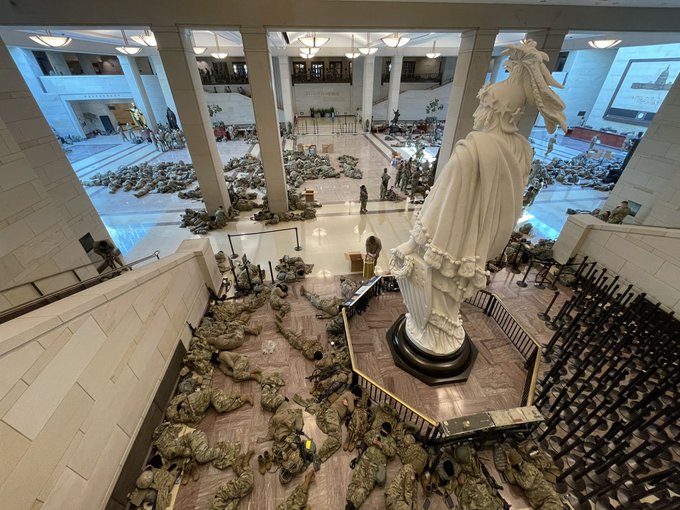
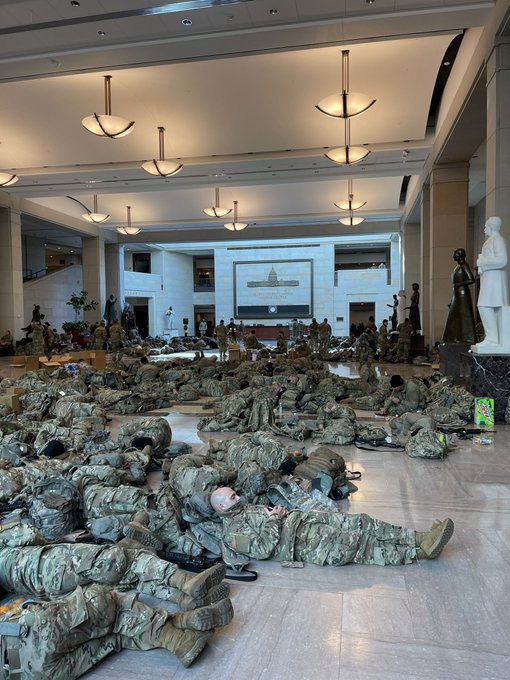
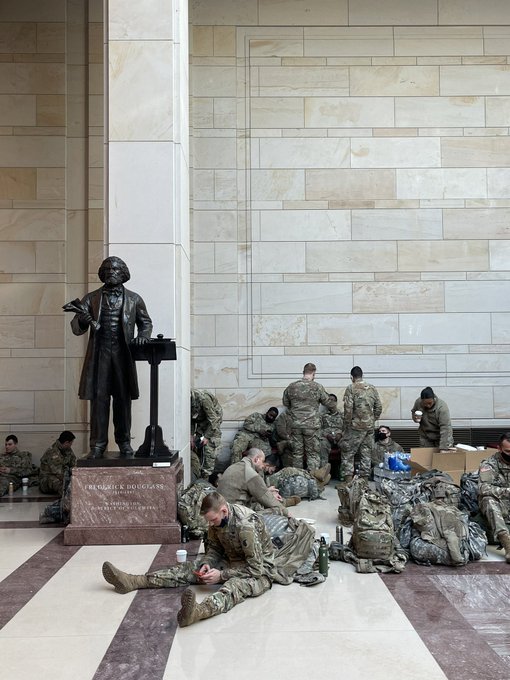




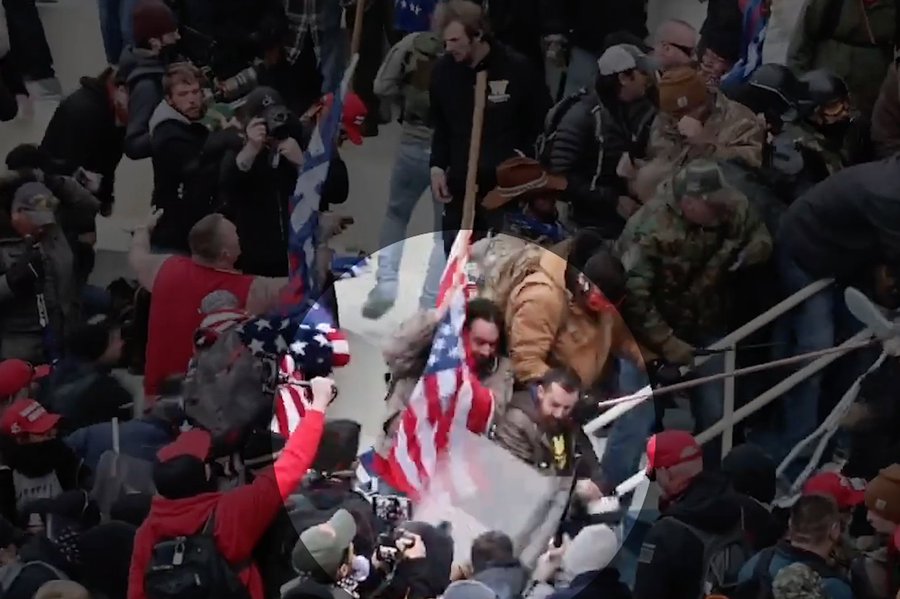











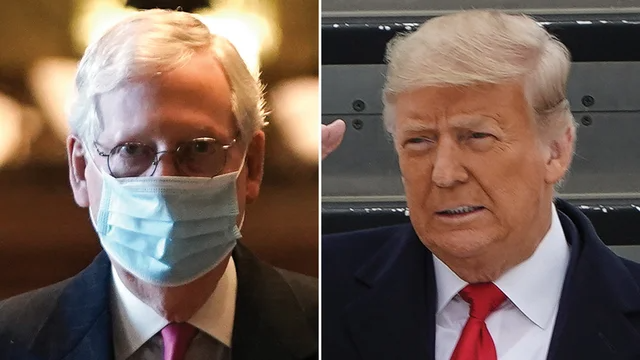


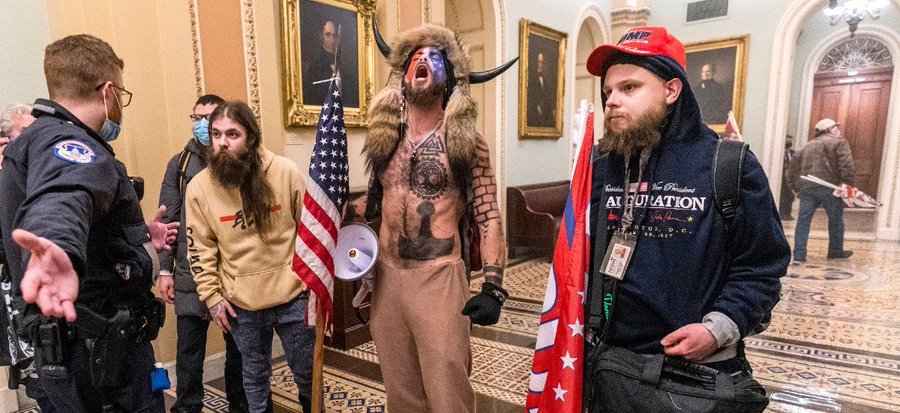










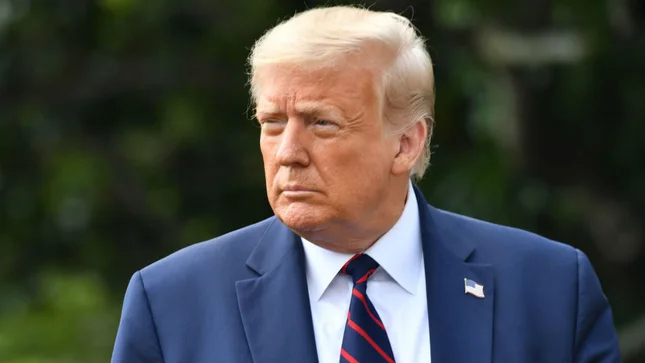









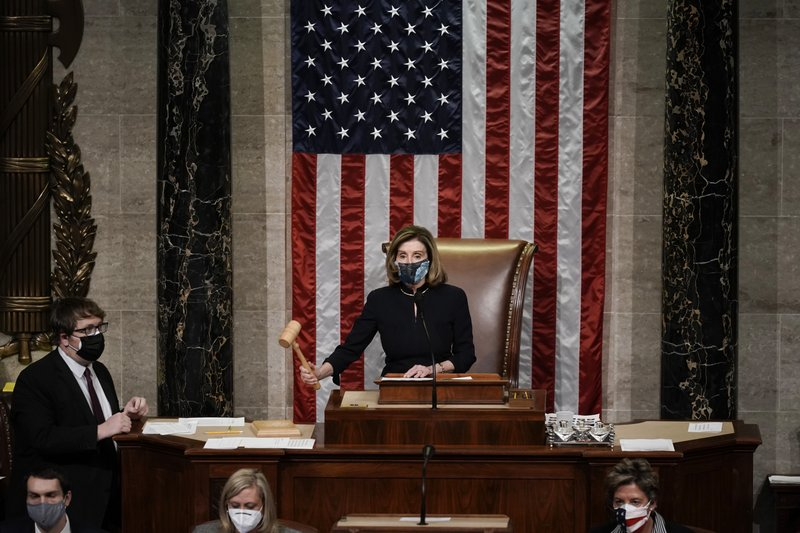




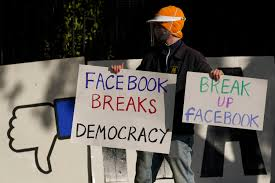



Comments
Post a Comment